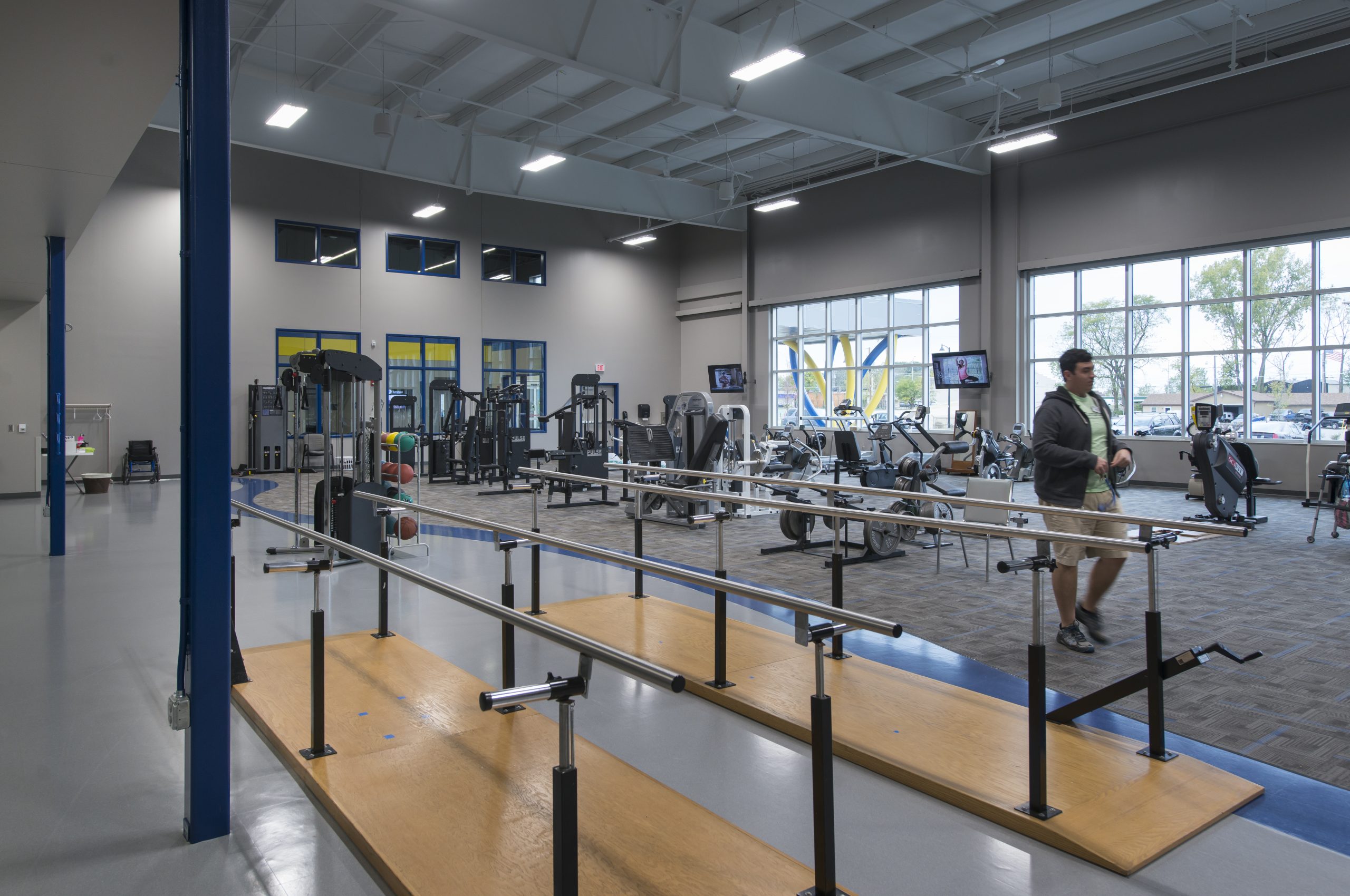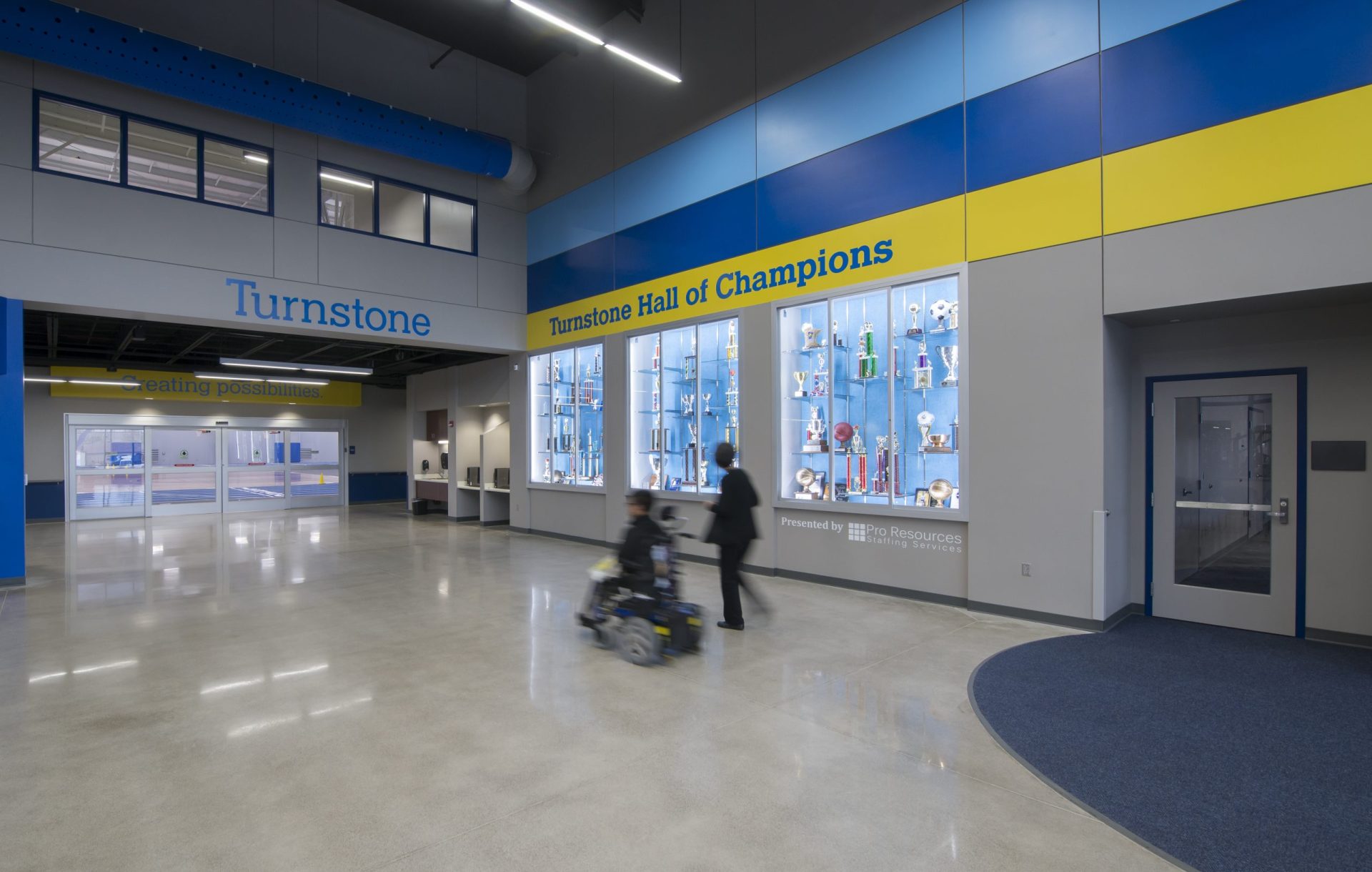Embracing the Principles of Accessible Architecture
By Kelly Shields, LEED AP
July 8, 2024Post Tagged in
 |
When Senior Architectural Designer Kelly Shields works with clients to create spaces that are welcoming and inviting, he’s also focused on making sure they’re accessible to everyone. “It comes up in every design conversation that we have,” emphasizes Shields. “It’s something we try to instill in everything that we do.”Not only is it woven into every project done by DC, it’s also top-of-mind for people like Tina Acosta, the director of outreach at Turnstone, an organization that provides services to children and adults with physical, visual, developmental and neurological disabilities. She helps corporations be more inclusive by providing ADA (Americans with Disabilities Act) compliance assessments and training on best practices. |


